If you’ve ever wandered the winding alleys of Barcelona’s Gothic Quarter and felt like you stumbled into some sort of medieval movie set, you’re not alone. And right at the heart of that feeling? It’s probably Pont Santa Maria del Mar. Or at least, somewhere very close to it.
Now, first things first: despite the name, it’s not technically a standalone bridge. It’s more of a symbolic name that ties into the Basilica of Santa Maria del Mar — an absolute hidden gem of Catalan Gothic architecture tucked into the El Born neighborhood.
So if you’re typing “Pont Santa Maria del Mar” into Google Maps API hoping for a dramatic arch over a river, you might…not find exactly that. But what you do get? A story-laden walk through centuries of history, design, and devotion.
🏛️ Basilica of Santa Maria del Mar: Where Soul Meets Stone
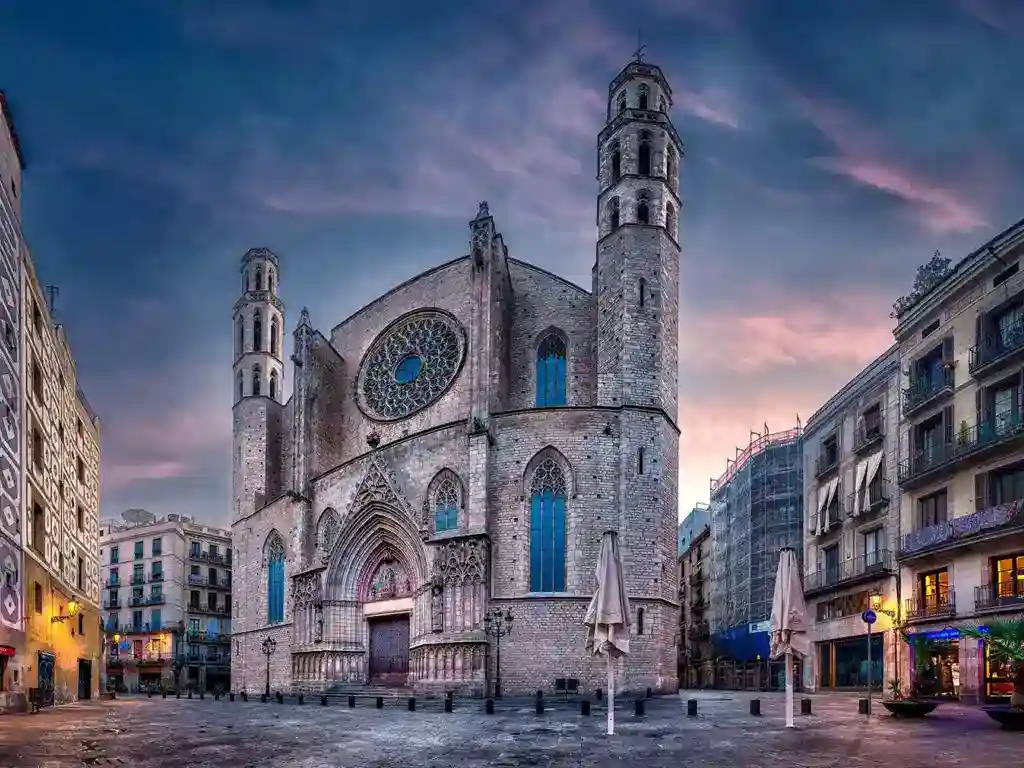
So here it is — the spiritual heart of El Born. The Basilica of Santa Maria del Mar isn’t just another stop on the sightseeing circuit.
It’s one of the most emotionally grounding places in the Gothic Quarter, and arguably one of the most authentic examples of Catalan Gothic architecture anywhere.
Let’s break it down a bit…
✨ Why It’s So Different from Other Gothic Churches
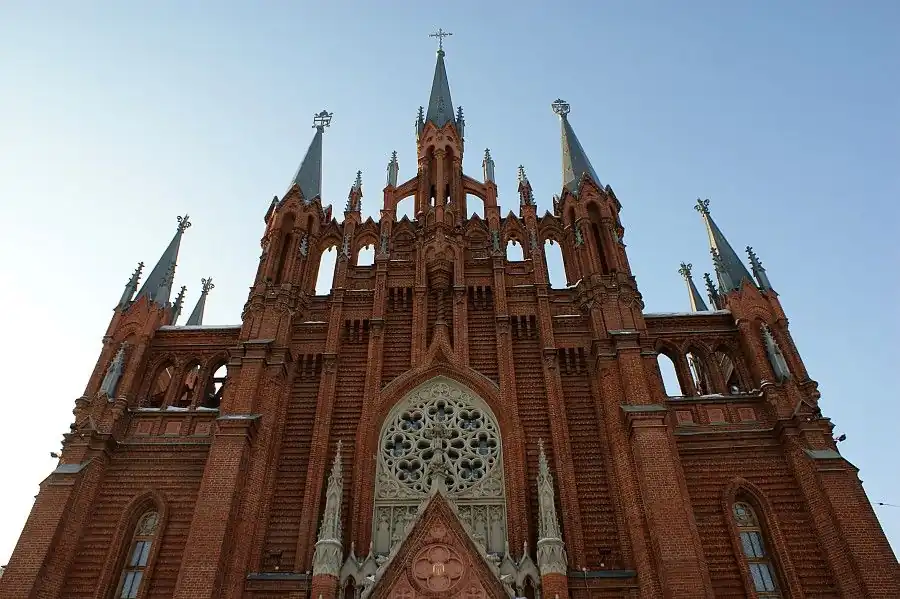
You might be thinking: “Seen one Gothic church, seen them all.” But this place? It hits different.
Here’s what makes it unique:
- Built by the people: Local merchants, fishermen, and dockworkers physically carried stones — from the sea and Montjuïc — to build it in the 14th century.
- Pure Catalan Gothic design: No flamboyant flourishes. Just tall columns, symmetrical vaults, and a clean, dignified layout.
- Open, light-filled interior: Unlike the more dramatic (and darker) Santa Maria del Pi, this basilica feels… almost meditative.
- Rose window magic: Especially during golden hour. That stained glass? Unreal.
🌅 That Rose Window — Yes, It Deserves Its Own Subheading
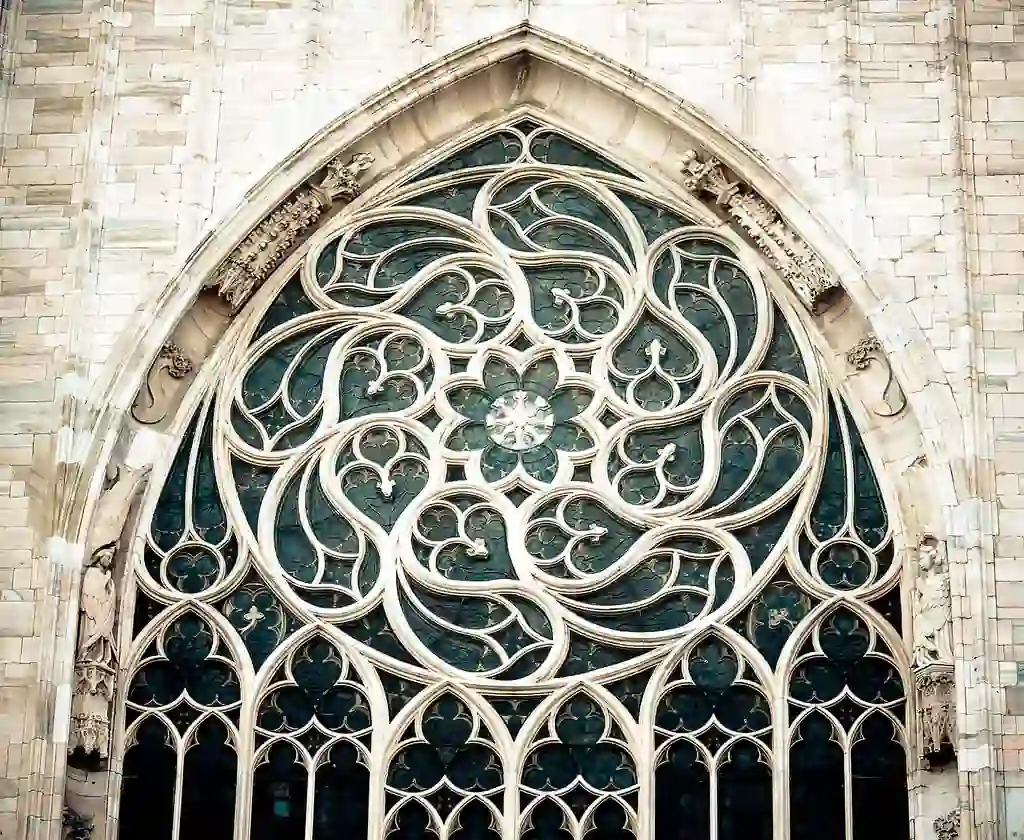
You’ve probably seen photos of it. But trust me, they don’t do it justice.
The rose window is massive. It radiates color and casts long shadows that shift hour by hour. If you can time your visit late in the afternoon, when the sun starts angling through it — it’s one of those moments that makes the noise in your head go quiet.
Honestly, it might be the most beautiful rose window in Barcelona. Bold claim? Maybe. But once you’re standing underneath it, you’ll see what I mean.
🔍 Details Worth Noticing Inside

Don’t rush. There’s plenty to catch if you’re paying attention:
- The Stella Maris statue: Tucked quietly into a chapel near the front — a nod to the basilica’s seafaring past. She’s the “Star of the Sea,” guiding sailors home.\n- Liturgical celebration vibe: Come during mass if you want to experience it as more than a building. The acoustics alone are goosebump-worthy.\n- Worn stone floors: Look down — those aren’t just tiles. They’re centuries of footsteps.
🧭 Pro Tip: Take the Rooftop Tour: If your legs are up for it, book a rooftop tour. Seriously its every travelers’ choice. The view over Santa Caterina i La Ribera and across the Gothic Quarter? Worth every step.
And while you’re up there, take a minute to trace your path — from the little side streets near Santa Maria del Pi to the pont santa maria del mar zone. You’ll realize how beautifully connected this whole area is.
⛪ Quick Comparison Table
| Feature | Santa Maria del Mar | Santa Maria del Pi |
|---|---|---|
| Architectural Style | Catalan Gothic architecture | Gothic with heavier, darker tone |
| Vibe | Light, open, and peaceful | Quiet, darker, more enclosed |
| Rose Window | Massive and radiant | Smaller, still stunning but less dramatic |
| Location | El Born, near pont santa maria del mar | Gothic Quarter |
| Built By | Local workers and sailors | Community-supported, but smaller in scale |
🌍 Bonus: Caribbean Architecture? Kind of!
A small fun aside — some elements in the rear courtyard, like the use of arches and the way light filters through open spaces, actually reminded me of Caribbean architecture. Not in a direct way, but there’s a similar relationship with air, space, and sun. It’s a soft echo, but it’s there if you look for it.
Setting the Scene: A Quick Stroll Through El Born

You’re standing in El Born. Maybe holding a gelato, maybe just sweating a bit from the Spanish sun. Around you: tight alleys, the low murmur of locals chatting in Catalan, balconies draped with laundry, and this sudden towering stone facade that seems to rise out of nowhere. That’s Santa Maria del Mar.
This isn’t just any church. It’s a survivor. Built by the people (literally — sailors, merchants, and ordinary citizens helped haul stones from the sea), it’s been standing strong since the 14th century.
And when you first glimpse that soaring rose window, there’s a weird moment of awe. Like… wait, how is this still here?
🏰 Santa Maria del Pi: A Quiet Counterpoint

Before diving too deep into artisan gelato or modern art spaces, pause at Santa Maria del Pi.
You’ll find it a little west of El Born — technically within the Gothic Quarter — but still close enough to feel connected to the same spiritual thread that runs through Santa Maria del Mar.
What to know:
- Thicker, darker atmosphere than its sister basilica — almost cinematic.
- A smaller rose window, but still impressive and deeply symbolic.
- Climb the bell tower, if you’re up for it. The 360° views are something else.
Some say Santa Maria del Mar is light while Santa Maria del Pi is shadow. That contrast? Worth experiencing.
🛍️ El Born Must-Sees (and Must-Feels)
Here’s where the heart of the neighborhood starts to beat faster. A few stops you won’t want to skip:
📍 Santa Caterina Market
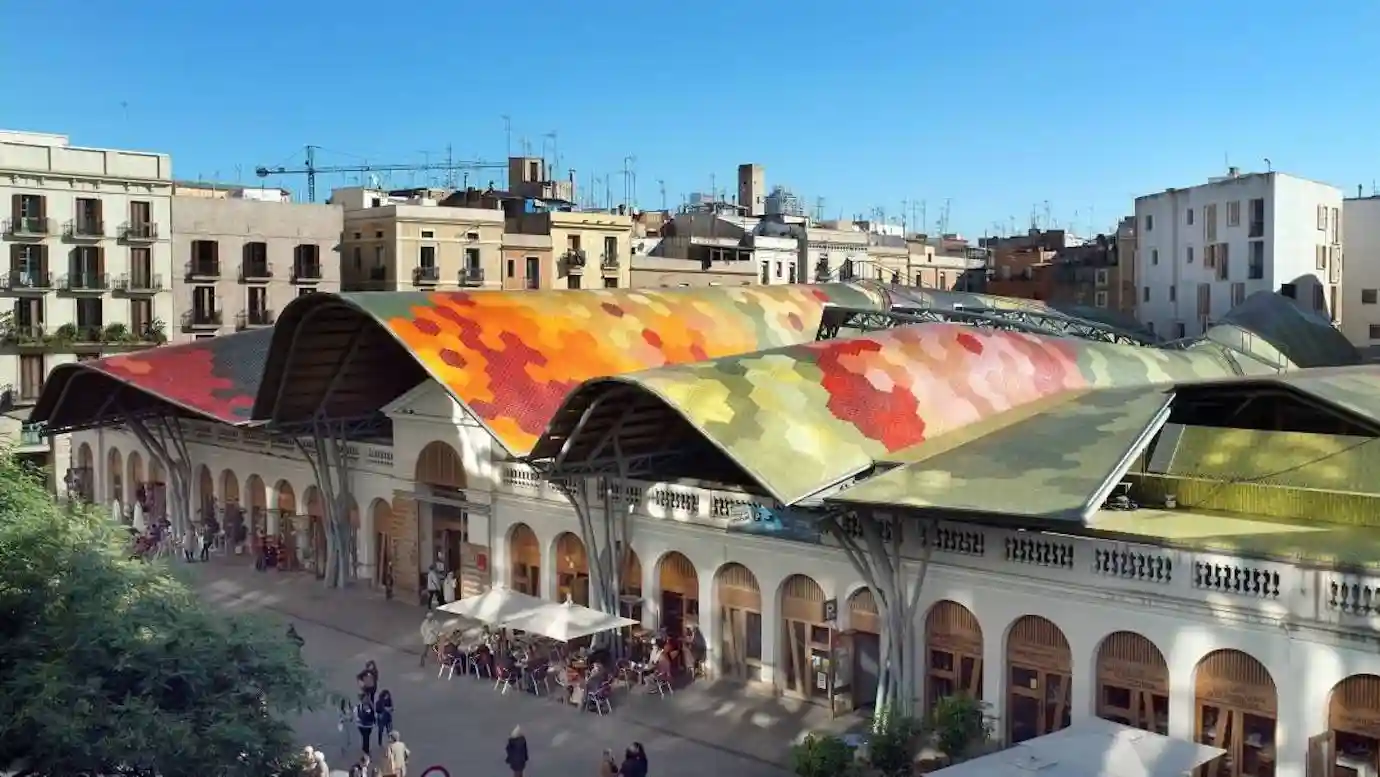
- Think La Boqueria’s quieter, less chaotic cousin.
- Wavy, multicolored rooftop (very Instagrammable).
- Come hungry — there’s fresh seafood, Catalan cheeses, and honestly, too many tempting pastries.
🎨 The Born Cultural Center
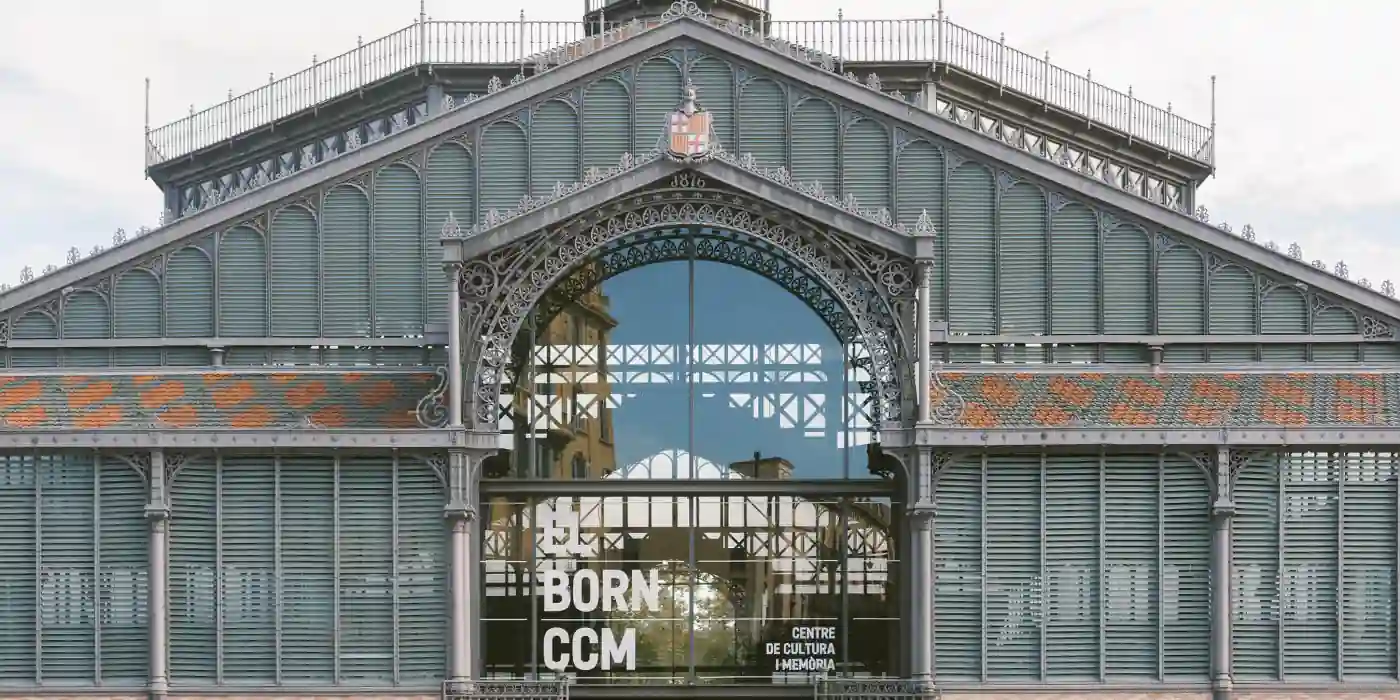
- Built over preserved medieval streets — literally.
- The museum sits above ruins of Santa Caterina i La Ribera, frozen in time.
- It’s a little haunting, in a beautiful way.
🖼️ Exterior Museum Vibes
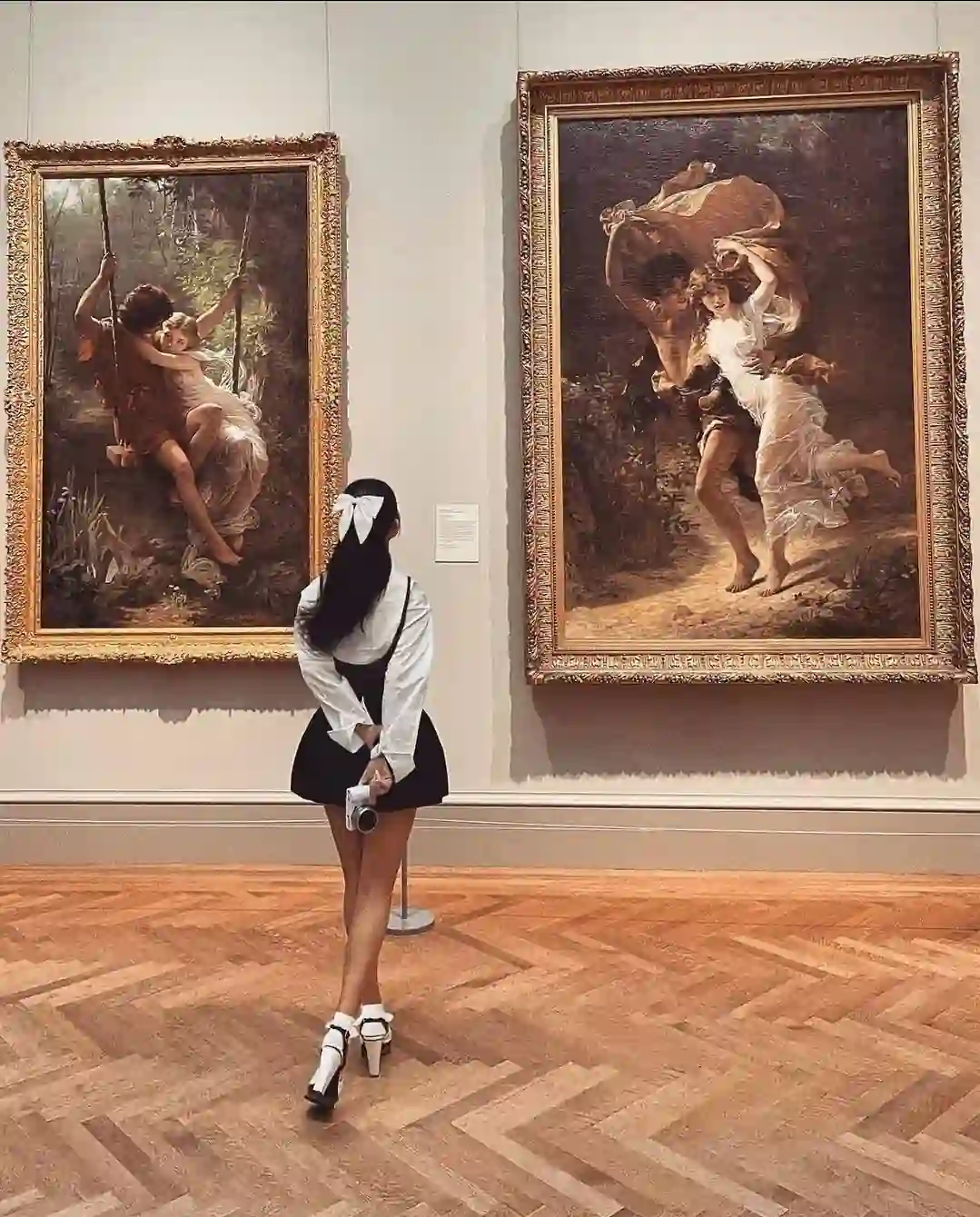
This whole area? Kind of feels like an open-air exhibit.
Between the worn shutters, centuries-old balconies, and those narrow cobblestone alleys that make you instinctively lower your voice — it’s like walking through someone’s memory. Maybe even your own.
Pont santa maria del mar might be small, physically, but symbolically? It’s your entryway into this poetic tangle of history and present-day creativity.
How to Visit Like a Human (Not a Tourist)
Okay, real talk. Skip the big tour group. Come early in the morning or during twilight hours. Walk slow. Listen more than you talk. Maybe sit on a bench and journal or sketch or just people-watch.
Want a quiet corner? Head to the side chapels.
Want a better view? Some guided tours offer rooftop access. You’ll get a killer panoramic shot of El Born and beyond — definitely worth it.
🌍 Beyond Barcelona: How Santa Maria del Mar Echoes Across Europe
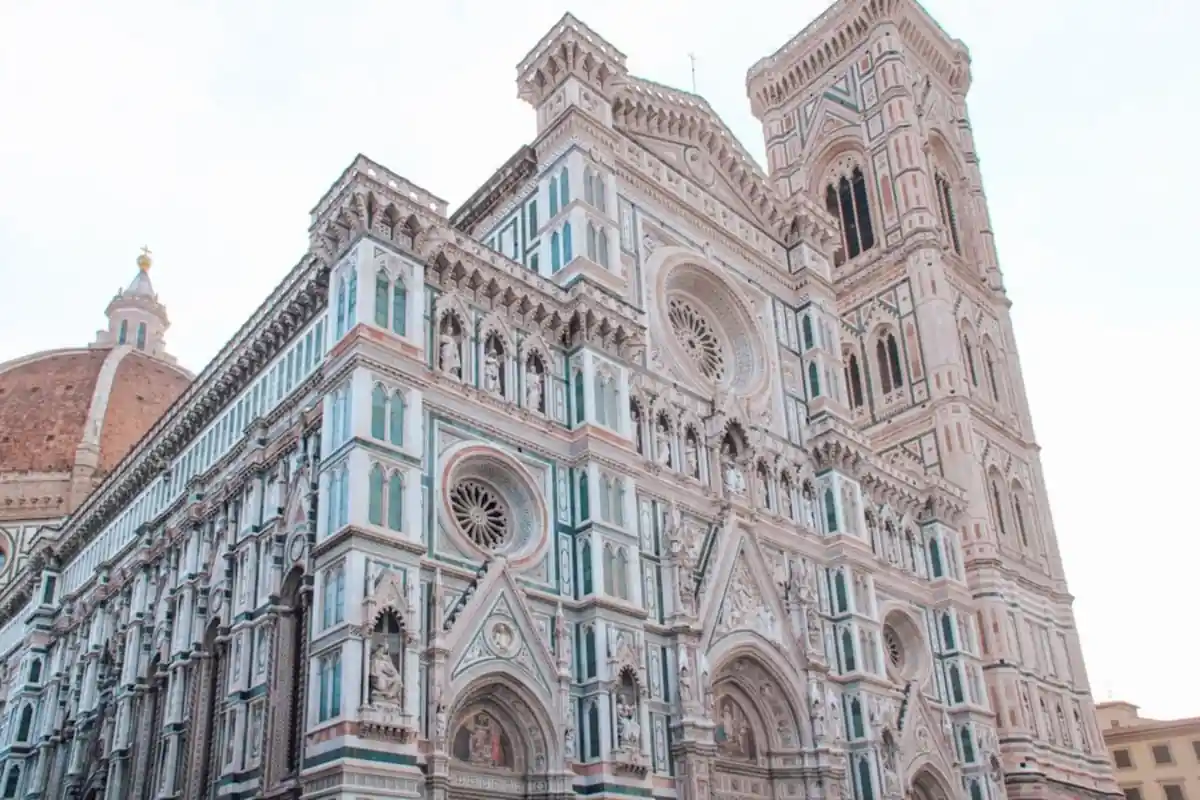
Sometimes when you stand inside a place like Santa Maria del Mar, you start thinking about all the other places with the same name… Santa Maria. It’s such a common dedication across Europe — and yet each one feels like its own world, shaped by its people, history, even the light that filters through its windows.
Let’s drift a little, just for a minute.
🛶 Santa Maria della Salute (Venice)

This one’s hard to miss — it’s that gleaming white dome that rises right where the Grand Canal kisses the sea.
- Baroque, not Gothic: It’s all drama and curves and bold declarations. Very different from the clean lines of Catalan Gothic architecture.
- Built for healing: It was constructed after a plague. There’s a heaviness to it… but also hope.
- The light dances differently: Everything bounces. Off water, marble, glass. It’s like the building is always shifting.
But still — you step inside, and there’s that same whisper you hear in Santa Maria del Mar. A kind of stillness that makes you want to look up.
🏛️ Santa Maria del Popolo (Rome)
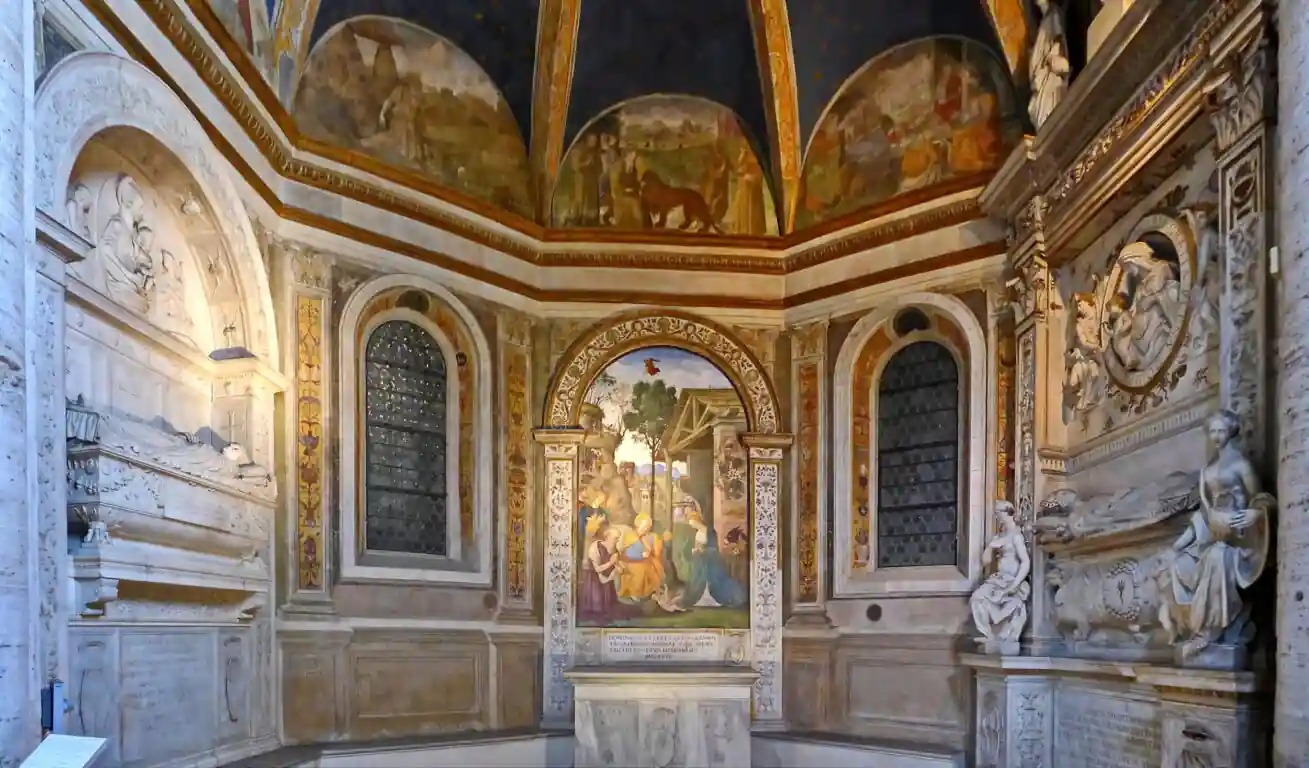
This one’s darker. Older feeling. More intense.
- Home to works by Caravaggio, Raphael, and Bernini — it’s practically an art museum disguised as a church.
- Tucked just outside Piazza del Popolo, almost easy to miss if you’re rushing.
Like Santa Maria del Pi back in Barcelona, it holds onto its shadow. Not in a bad way. Just… quieter. You linger more. The air feels thicker. Even the prayers, if you catch one mid-ceremony, seem softer.
🔄 So… What Ties Them Together?
Honestly? It’s not just the name.
It’s this ongoing idea — that people across time, language, and architecture have been trying to reach upward. To make a space sacred. Whether it’s on a quiet pont in El Born or a baroque dome in Venice.
They reflect different faces of belief. And place. And how each city honors its own version of Santa Maria — the Virgin, the mother, the protector, the beacon.
⛪ Why Gothic Churches Like This Still Matter?
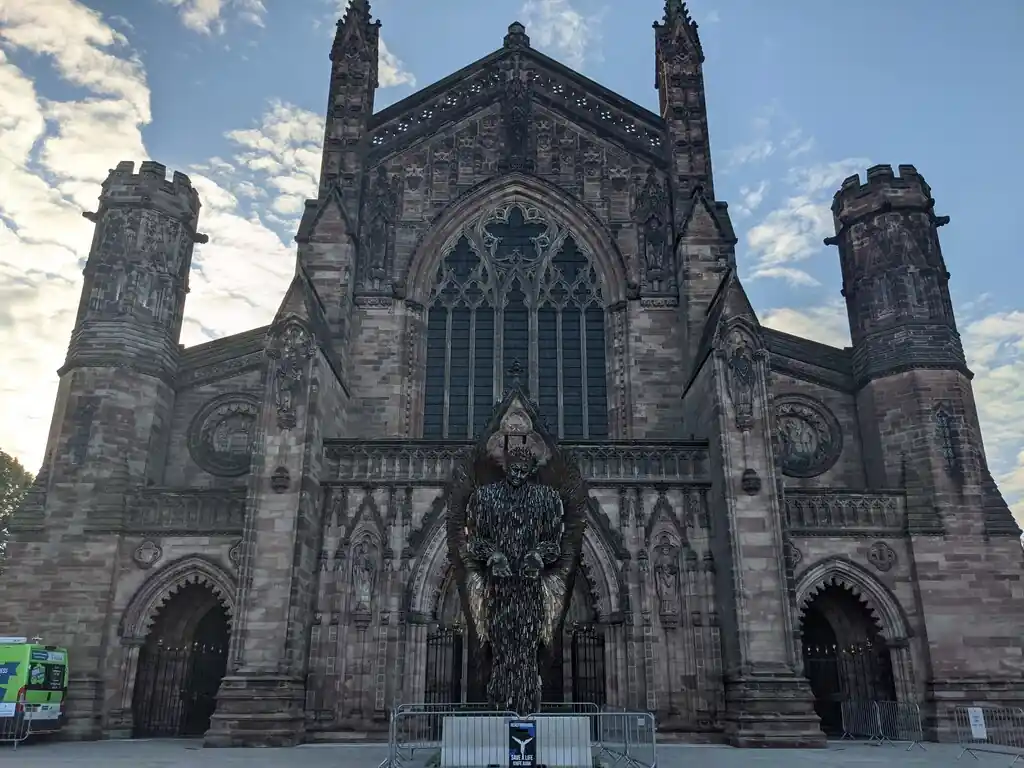
Okay, a quick pause.
You might wonder why all this matters if you’re not religious. Fair question. But the beauty of places like Santa Maria del Mar — and other gothic churches — is that they’re more than theological. They’re emotional architecture.
They hold memory. They echo back our thoughts, sometimes without us realizing.
Here’s what makes gothic spaces like this feel so… alive:
- They’re built to stretch upward, pulling your gaze and your breath with them.
- Their silence is intentional — you hear your own footsteps, your own heartbeat.
- Light is part of the design, not just an accident. Especially that rose window we talked about.
Even if you’re not there for a liturgical celebration, you’ll feel something close to reverence. Or stillness. Or wonder.
🌊 Reflection: What the Pont Connects, Really
By now, maybe you’re seeing how pont santa maria del mar isn’t just a crossing of stone.
It’s a crossing of moods. Between eras. Between silence and sound, light and shadow, belief and curiosity.
It bridges:
- The Gothic Quarter and El Born
- The sacred and the casual
- The structure of old Europe with the chaos of modern travel
Even the Travelers’ Choice crowd — the ones ticking boxes off their maps — often walk away saying this was a highlight. Not because it’s flashy. But because it made them feel something.
A Quick Table for the Pragmatics
| Detail | Info |
|---|---|
| Location | Plaça de Santa Maria, El Born, Barcelona |
| Opening Hours | Typically 9am – 1pm & 5pm – 8:30pm (varies seasonally) |
| Entry Fee | Free entry (donation appreciated); small fee for rooftop access |
| Best Time to Visit | Early morning or golden hour (sunset lighting = magic) |
| Closest Metro | Jaume I (L4) |
| Nearby Highlights | Gothic Quarter, El Born, Picasso Museum, Santa Caterina Market |
| Accessibility | Fairly accessible; limited steps, but uneven cobblestones outside |
Final Thoughts
It’s easy to look at churches and cathedrals as just… tourist checklists. But some places ask you to slow down. To actually feel something.
Pont Santa Maria del Mar, in its metaphorical and literal sense, does just that. It’s not flashy. It doesn’t need to be. It connects history with presence, stone with soul. You don’t need to be religious to appreciate it — just a little open.
And maybe, if you’re lucky, the bells will chime as you step out, and the whole experience will feel like a movie moment you didn’t expect.
Frequently Asked Questions
1. Is there an actual bridge called Pont Santa Maria del Mar?
Not exactly. It’s more of a poetic or symbolic name — the actual site is the Basilica of Santa Maria del Mar.
2. Can I visit for free?
Yes! The main church is usually free to enter, though there’s a small charge for rooftop tours.
3. How’s it different from Santa Maria del Pi?
Santa Maria del Mar is lighter and more open in design, while Santa Maria del Pi has a heavier Gothic vibe.
4. What’s the best time to go?
Early morning or around sunset — fewer people, softer light.
5. Are there guided tours?
Yep. Some even include access to the roof and towers. Totally worth it if you’re into views.
6. Can I take photos inside?
Yes, but be respectful. It’s still an active church.
7. Is it kid-friendly?
Absolutely. Just maybe bring a quiet activity for little ones — it’s a reflective space.
8. How close is it to other attractions?
Super close. The Gothic Quarter, Picasso Museum, and Santa Caterina Market are all nearby.
9. What does “Stella Maris” mean?
It means “Star of the Sea” — a symbolic figure tied to sailors and the sea. Fitting for this church.
10. Is it worth visiting even if I’m not religious?
Definitely. It’s more about the experience, the architecture, the history… just being there.




